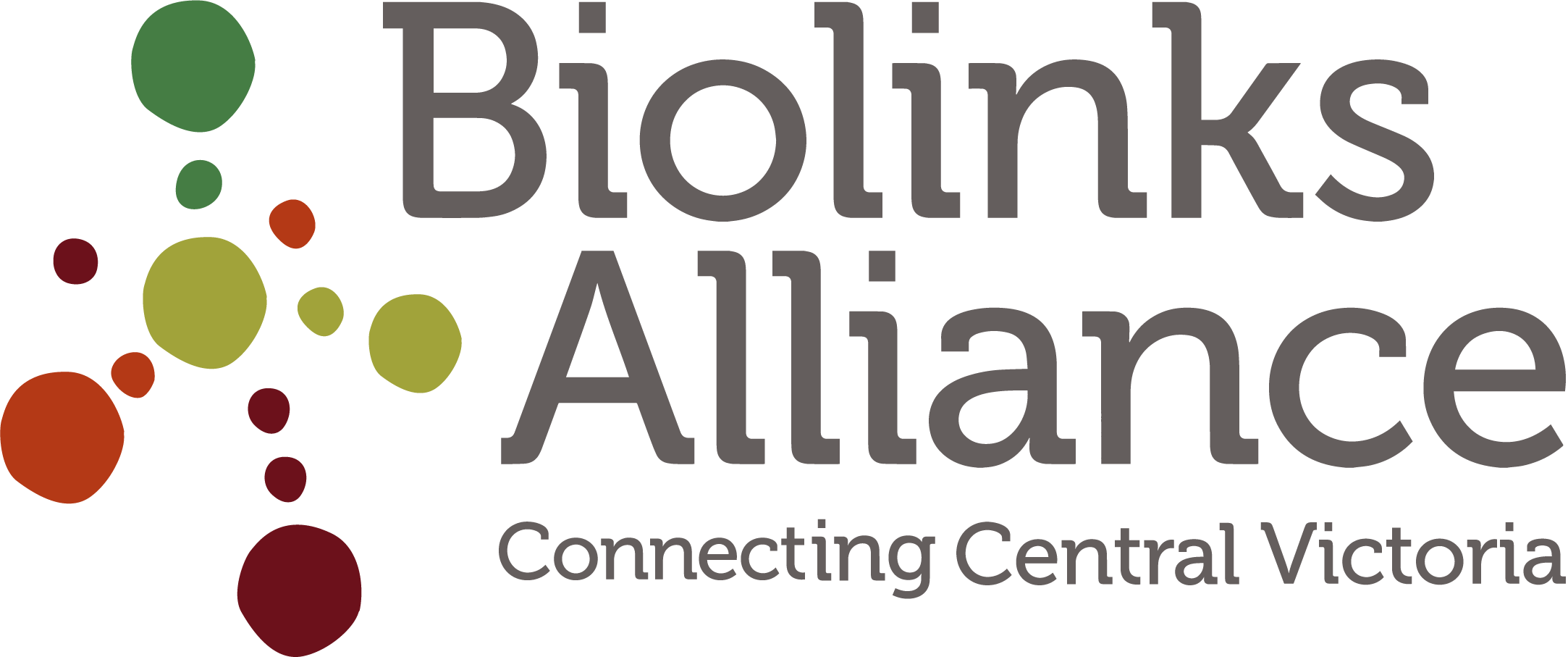Why reconnect habitat?
Australia has one of the world’s worst records on species loss and extinction. At no other time in history has our natural environment been more degraded or threatened through unsustainable land use and the rising threat of global warming. Reconnecting important natural places gives birds and wildlife safe places to feed, breed and migrate.
National Parks and Reserves are vital for conservation of nature. But, despite additions to our Reserve system over the past decades - Australia’s list of threatened species is growing each year.
The problem for birds and wildlife is that most Parks and Reserves are isolated ‘islands’ surrounded by a sea of farm land, industry, roadways and increasing urbanisation. Many species will not travel between isolated habitat patches when the area in-between has been cleared. Also, we also know that many species require a variety of habitats across a broad geographic area and need to be able to move safely between these habitats.
Biolinks Alliance Heathcote Local to Landscape Facilitator Cameron O’Mara (left) and Greenhill to Black Hill and Glideways Project Coordinator Kara Finlay (right)
With rising global temperatures ensuring that species can move to more suitable habitat is essential. This means being able to move large distances (200-400 km). So we need to reconnect our important natural places at large scales.
Maintaining genetic diversity is also vital for birds, wildlife and plants to be able to adapt to climate change. Habitats need to be connected to allow populations to share their genes.
Connection of habitats is key to the long-term health of our ecosystems and the species they contain. Only through keeping them healthy will they be able to continue to provide fresh drinking water, storage of carbon, pollination of plants and crops and all the other things we rely on them for.
‘Connectivity conservation’ is a new and inclusive approach to address conservation on a large scale. It is about finding ways of restoring and reconnecting habitat, across land tenures, that benefits both people and nature.
We need to connect our important natural places, while keeping people like our farmers and townships in the landscape too. This means finding ways for everyone to contribute in their gardens, local parks or paddocks.
Reconnecting landscapes is not just about planting linear corridors of trees that connect patches of forest. It is about maintaining patches of habitat, different habitats, that can act as stepping stones in the landscape. For many woodland birds, paddock trees are effective connectors between habitat patches. For a reptile, patches of grassland with good quality rocks and logs allows their passage.


